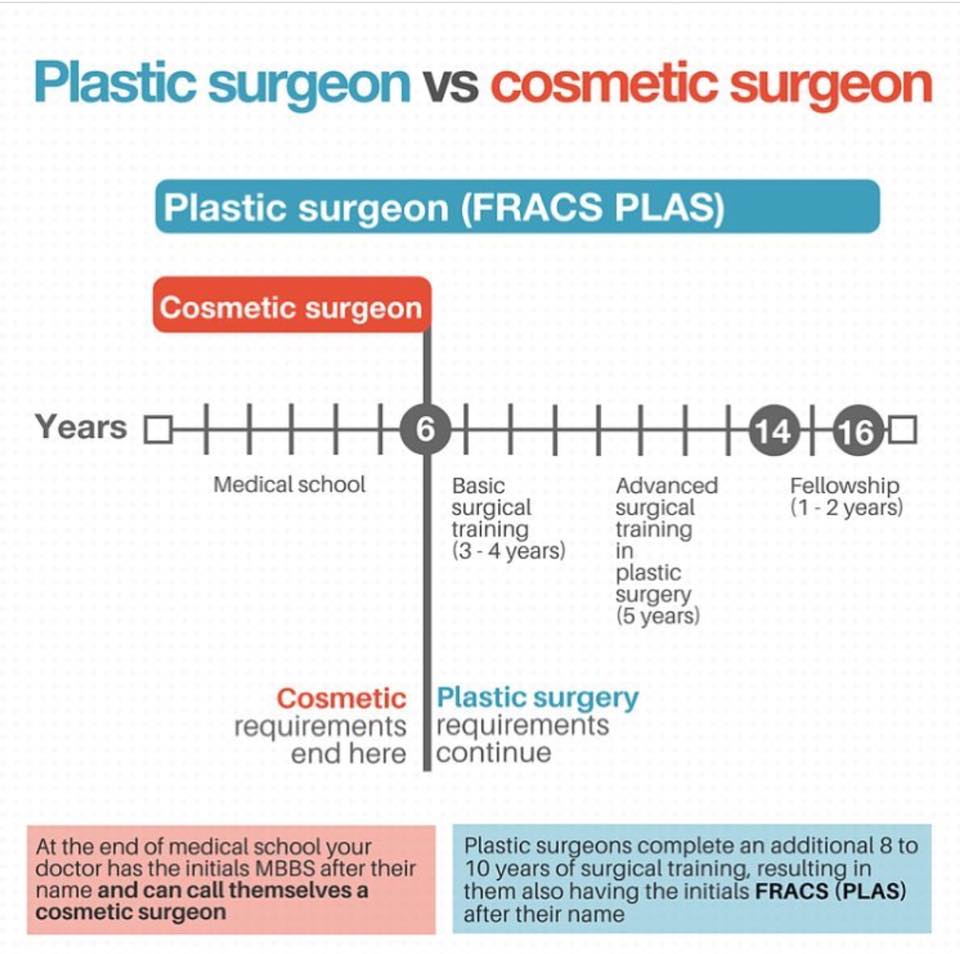Does Benzoyl Peroxide Work For Acne
Does Benzoyl Peroxide Work For Acne
Blog Article
Acne Scars and Post-Acne Treatment
Acne scars and dark marks can continue to be also after the acne itself has gotten rid of. However there are many natural, non-prescription and clinical treatments that can reduce their look.
Ice pick scars are small imprints that look like pinpricks; rolling marks have a wave-like look and superficial deepness; boxcar scars have clear sides; hypertrophic marks are increased bumps. Treatments consist of skin needling, where your medical professional rolls a needle-studded tool over the skin; and surgical excision, when a health care expert eliminate deep scars.
1. Exfoliate
Acne scars fade best when they aren't covered with dead skin cells. Exfoliation eliminates the accumulation and enables fresh skin cells to come to the surface. It also makes acne scars much less noticeable.
A dermatologist can recommend peeling approaches for your details skin kind. Dry skin might take advantage of exfoliation with scrubs or various other mechanical approaches, while oily skin might need a chemical peel. Those with darker skin tones need to be careful using more powerful chemical therapies, as they can trigger dark areas and level of sensitivity.
If you have acne marks, prevent choosing or squeezing at them, which can make them worse. Swelling caused by irritation increases the possibility of scarring. Picking can leave ice-pick marks, which are slim imprints with a point at the end. You can also get boxcar marks, which are impressions with broader sides. You can also develop hypertrophic or keloid marks. These are raised bumps of scar cells that can be itchy and unpleasant.
2. Hydrate
After completing your acne treatment, maintaining skin clear and healthy and balanced needs a consistent skin care regimen that secures from outbreaks and decreases post-acne marks. This includes a mild cleanser and cream, non-comedogenic products that do not obstruct pores, and preventing foods that aggravate skin or trigger acne flare-ups.
Utilizing a lightweight, non-comedogenic cream with components like hyaluronic acid and glycerin can assist moisturize skin while likewise improving skin appearance and promoting healing. Seek an item that is developed without fragrance or parabens.
A product that targets sticking around acne marks with components such as skin-brightening tranexamic acid and bakuchiol can improve dark places or unequal tone triggered by swelling. It carefully resurfaces the complexion while smoothing harsh and textured locations. A product that incorporates a retinoid and a plant-based retinol option can likewise boost the look of deeper marks while concurrently targeting existing acnes and preventing future outbreaks.
3. Cover
Once your acne marks heal, you can conceal them with makeup and a concealer. Simply make certain you're only using the product over marks that are completely healed (not fresh ones), claims Sotomayor. Then, complete your appearance with a vibrant lip color or declaration smoky eyeshadow for optimal impact.
When it involves selecting a foundation or tinted moisturizer, it is necessary to choose one that is noncomedogenic and oil-free. This will certainly assist maintain your skin clear and stop the clogging of pores that can bring about new breakouts.
The very same opts for selecting a concealer. Try to find a formula that offers complete coverage yet still feels light-weight and blendable on the skin. Also, when hiding impressions from acne scars, it's an excellent idea to locate a shade that matches your natural complexion (instead of a color lighter or darker). This will assist conceal the indents better. This beneficial balm is a superb choice for lightening up and lightening post-inflammatory hyperpigmentation, which can be triggered by acne or various other inflammatory skin conditions. It consists of hydrating panthenol, softening shea butter and enhancing peptides that reduce inflammation and flaky structure.
4. See Your Skin doctor
The scars that develop from severe acne typically call for treatment by a medical professional or dermatologist. Prior to that can take place, though, an individual must have their acne controlled. This consists of not picking or squeezing acne places, and using mild cleansers and water-based non-comedogenic items that won't block pores.
If pharmacy cleansers and spot therapies aren't removing your skin, schedule a consultation with a dermatologist. The skin specialist medspa can advise other treatments that aid clear your skin without drying it out or annoying it.
A skin doctor can likewise deal with other type of post-acne marks, consisting of dark places that are a type of hyperpigmentation called PIH (post-inflammatory hyperpigmentation). A topical retinoid like adapalene can noticeably lighten these marks and discolor them quickly. For other sorts of marks, the doctor can recommend an extra intensive treatment. This might consist of microdermabrasion or chemical peels off that are done right in the office. Depending upon the extent of your scars, these therapies might need to be repeated.